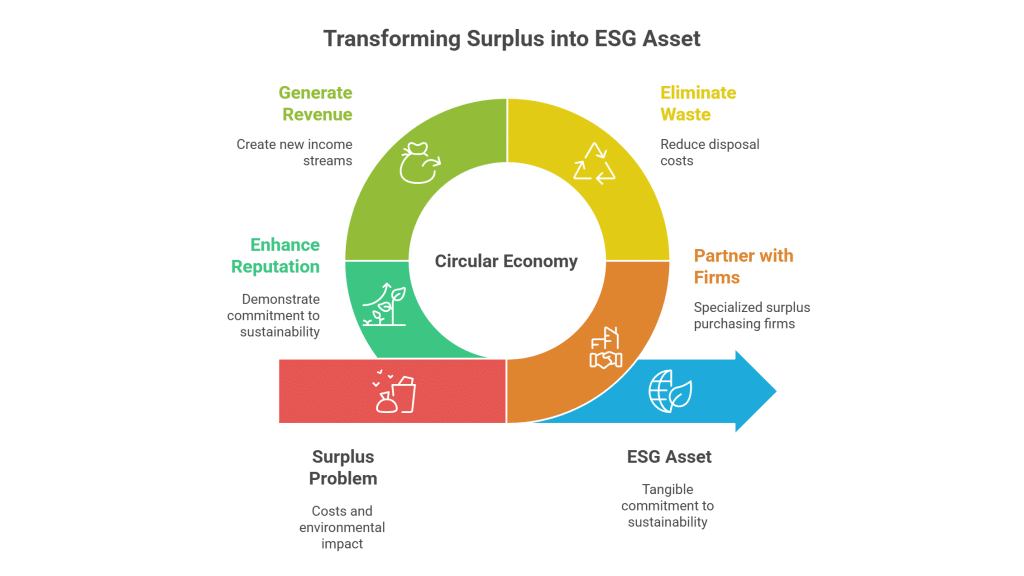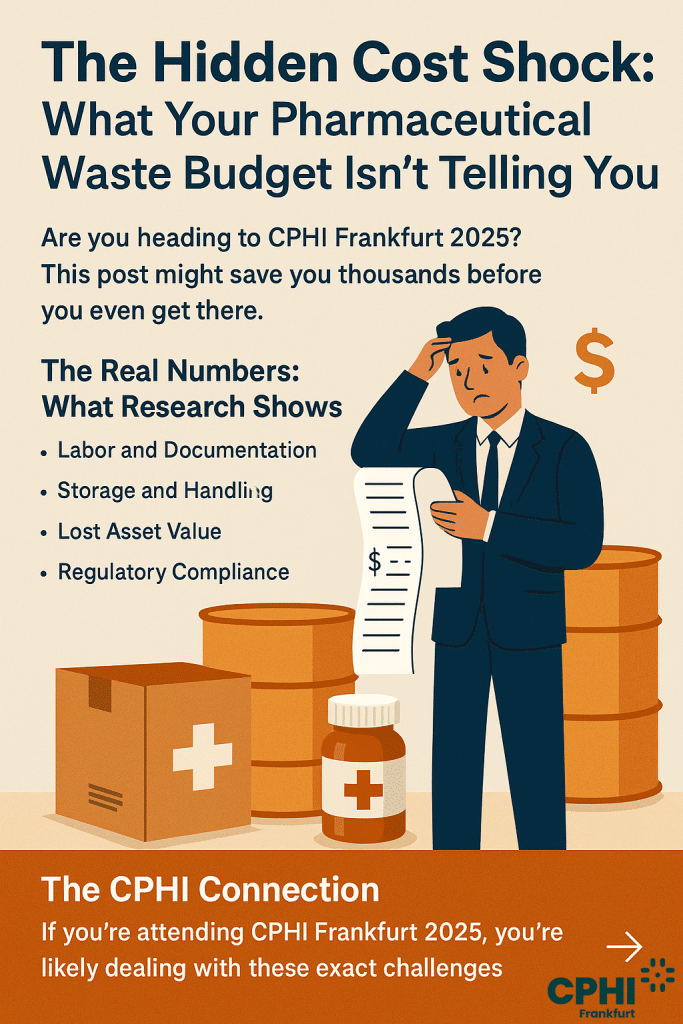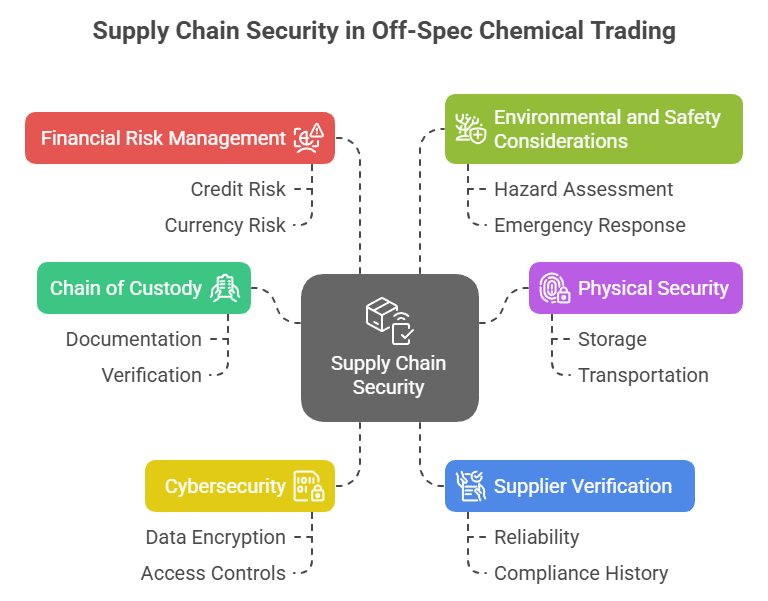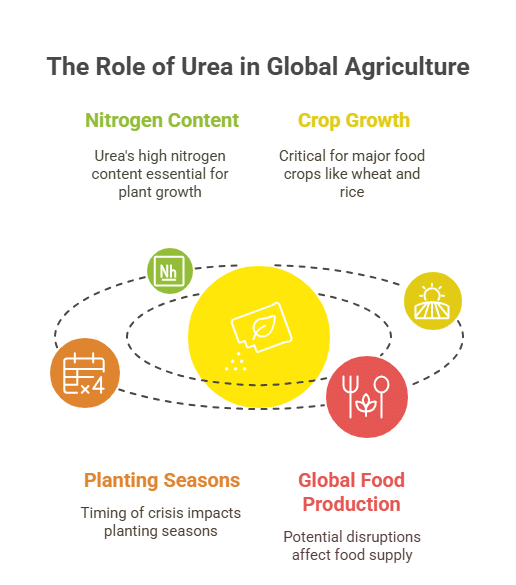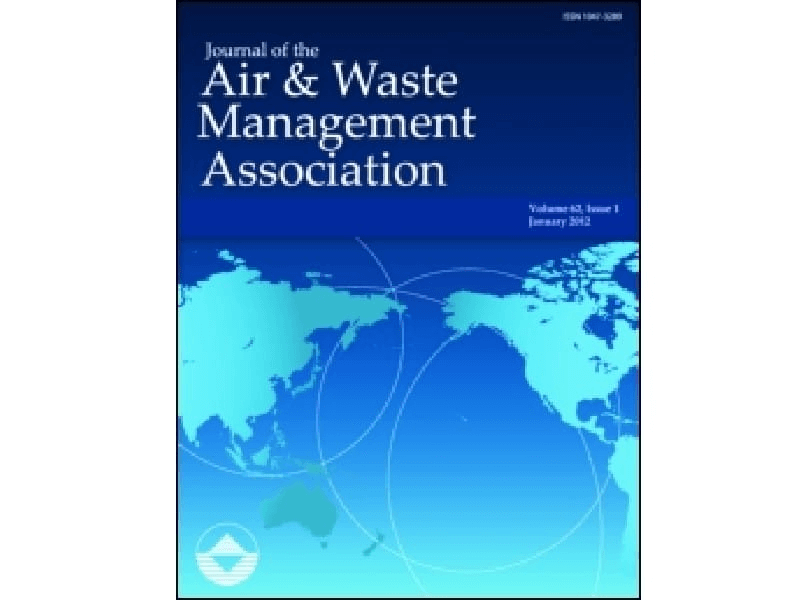Unlock the Value of Excess Fumaric Acid in the Food & Industrial Sector
Fumaric Acid is a versatile organic compound widely used in the food and industrial sectors. Known for its effectiveness as an acidity regulator and preservative, this chemical is an essential ingredient in food manufacturing, as well as in producing resins, coatings, and various specialty chemicals. With its steady demand and diverse applications, Fumaric Acid presents a tremendous opportunity when held as surplus inventory.
Fumaric Acid Surplus Trading - Optimize Food & Industrial Solutions
Selling surplus chemicals like Fumaric Acid not only helps companies recover costs and free up valuable storage space, but also enhances environmental performance by reducing disposal expenses and waste. By leveraging a dedicated surplus trading platform, businesses can profit from excess inventory while ensuring regulatory compliance and contributing to a sustainable future.
Fumaric Acid in Food & Industrial Applications
For buyers, acquiring surplus Fumaric Acid offers significant cost savings, reliable sourcing, and access to a product with established safety and quality certifications. It ensures continuity in production without the premium costs typically associated with routine sourcing.
For sellers, offloading excess Fumaric Acid translates to improved cash flow, reduced storage burdens, and minimized environmental liabilities. By turning surplus inventory into income, companies also bolster their sustainability credentials and avoid expensive disposal fees.
Table of Contents
Successful Surplus Trading of Fumaric Acid in the Food & Industrial Sector
A mid-sized food manufacturing company faced an overstock of Fumaric Acid due to adjustments in production schedules and excess supply. Instead of incurring additional costs for storage and eventual disposal, the company opted to partner with a surplus trading platform. The surplus was quickly bought by a buyer looking for a reliable source for their food production line. This transaction not only helped the seller recover costs and free up storage space, but also provided the buyer with a cost-effective, high-quality chemical that met food-grade standards. The win-win scenario allowed both parties to focus on their core operations while enhancing sustainability through reduced waste.




